- 全部删除
 您的购物车当前为空
您的购物车当前为空
TRAIL/TNFSF10 Protein, Mouse, Recombinant
一键复制产品信息产品编号 TMPS-00180
TRAIL/TNFSF10 Protein, Mouse, Recombinant is expressed in E. coli. The accession number is P50592.

TRAIL/TNFSF10 Protein, Mouse, Recombinant
一键复制产品信息产品编号 TMPS-00180
TRAIL/TNFSF10 Protein, Mouse, Recombinant is expressed in E. coli. The accession number is P50592.
| 规格 | 价格 | 库存 | 数量 |
|---|---|---|---|
| 5 μg | ¥ 349 | 6-8日内发货 | |
| 10 μg | ¥ 558 | 6-8日内发货 | |
| 20 μg | ¥ 793 | 5日内发货 | |
| 50 μg | ¥ 1,280 | 5日内发货 |
大包装 & 定制
加入购物车
TargetMol 的所有产品仅用作科学研究或药证申报,不能被用于人体,我们不向个人提供产品和服务。请您遵守承诺用途,不得违反法律法规规定用于任何其他用途。
资源下载
产品信息
| 生物活性 | ED 50 < 100.0 ng/ml, measured by the cell growth inhibitory assay using RPMI-8226 cells, corresponding to a specific activity of > 1.0 × 10 4 units/mg. |
| 产品描述 | TRAIL/TNFSF10 Protein, Mouse, Recombinant is expressed in E. coli. The accession number is P50592. |
| 种属 | Mouse |
| 表达系统 | E. coli |
| 标签 | Tag Free |
| 蛋白编号 | P50592 |
| 别名 | Tumor necrosis factor ligand superfamily member 10,Tnfsf10,TNF-related apoptosis-inducing ligand,Protein TRAIL,CD_antigen: CD253 |
| 蛋白构建 | Arg119-Asn291 |
| 蛋白纯度 | > 98% as determined by SDS-PAGE |
| 分子量 | ~20 kDa (Reducing conditions) |
| 内毒素 | < 0.2 EU/μg of protein as determined by the LAL method. |
| 缓冲液 | Lyophilized from a 0.2 μm filtered solution in PBS. |
| 复溶方法 | Reconstitute the lyophilized protein in sterile deionized water. The product concentration should not be less than 100 μg/ml. Before opening, centrifuge the tube to collect powder at the bottom. After adding the reconstitution buffer, avoid vortexing or pipetting for mixing. |
| 存储 | Upon receiving, this product remains stable for up to 6 months at lower than -70°C. Upon reconstitution, the product should be stable for up to 1 week at 4°C or up to 3 months at -20°C. For long term storage it is recommended that a carrier protein (example 0.1% BSA) be added. Avoid repeated freeze-thaw cycles. |
| 运输方式 | In general, Lyophilized powders are shipping with blue ice. Solutions are shipping with dry ice. |
| 研究背景 | TNF-related apoptosis-inducing ligand (TRAIL), also known as Tumor Necrosis Factor Super-Family 10 (TNFSF10) or apoptosis 2 ligand (Apo2L), is a pleiotropic cytokine thatbelongs to the TNF superfamily. Full length TRAIL expressed in vivo is a type II transmembrane protein, although the soluble form also exists and functions. TRAIL has four major receptors: two death receptors DR4 and DR5, and two decoy receptors DcR1 and DcR2. TRAIL binds to the death receptors which recruits the FAS-associated death domain and activates caspases 8 and 10 which eventually leads to apoptosis. Because of its antitumor potential, TRAIL is activelystudied as a therapeutic agent. On the other hand, abnormal expression of TRAIL in small arteries can induce the proliferation of smooth muscle cells, thereby increasing vascular remodeling and pulmonary arterial hypertension. |
计算器
SCI 文献
技术支持
请阅读 重组蛋白用户指南 了解更多具体信息.










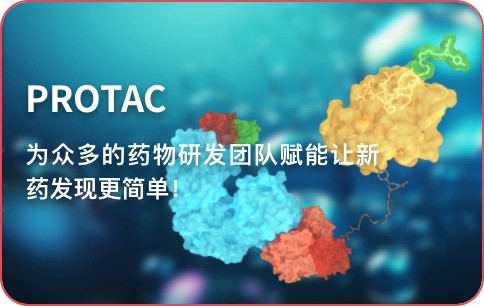






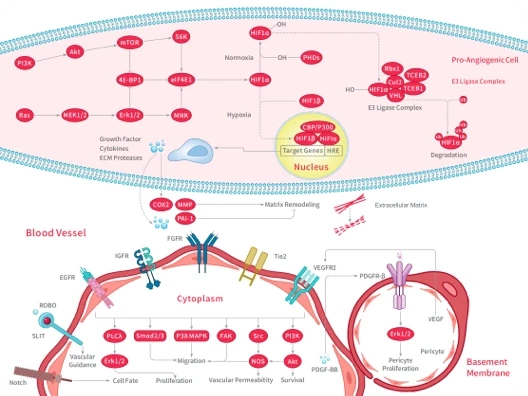
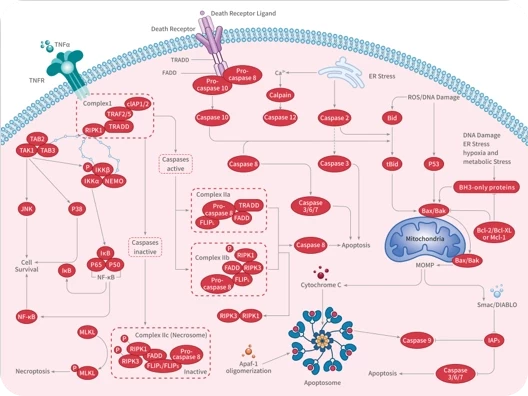
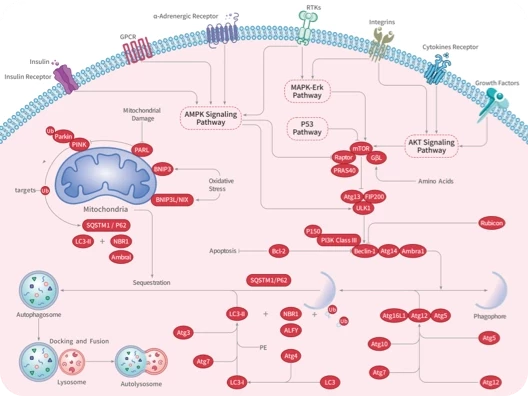


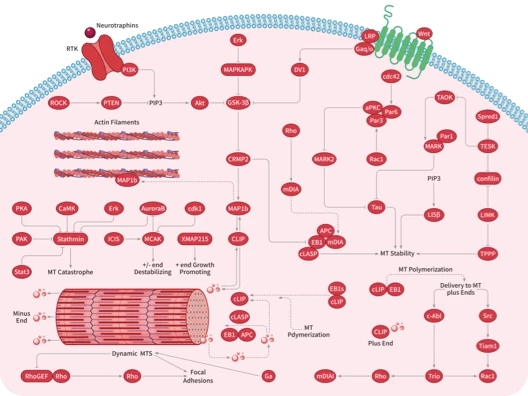
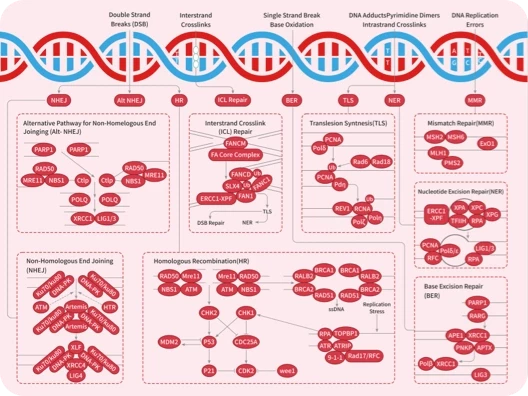

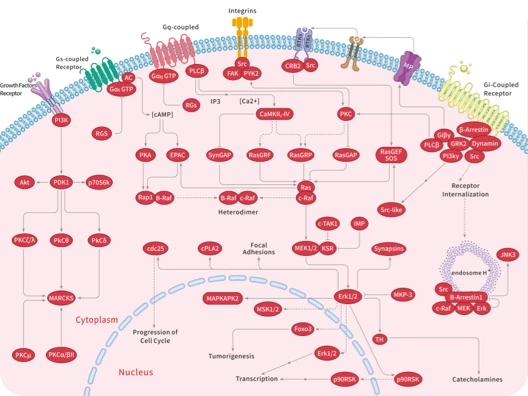
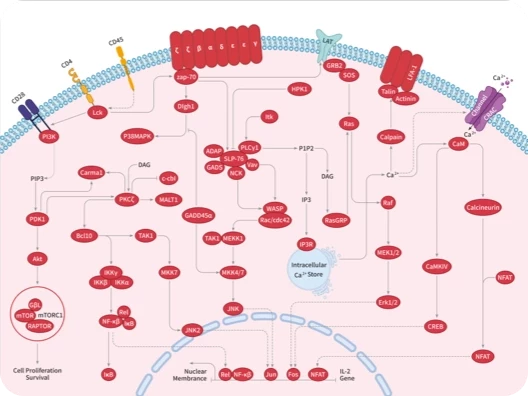
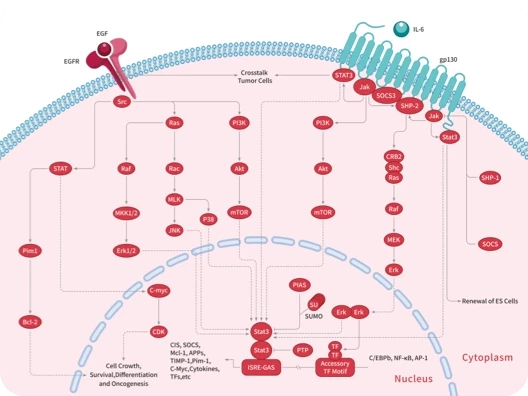
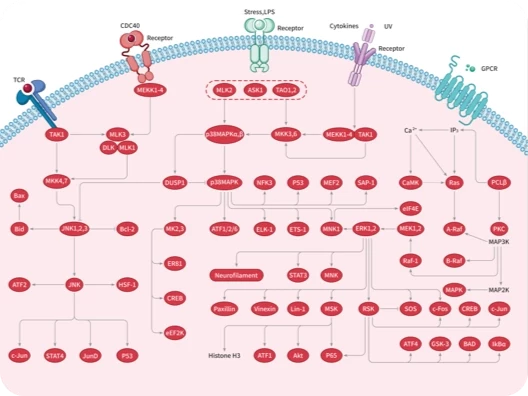


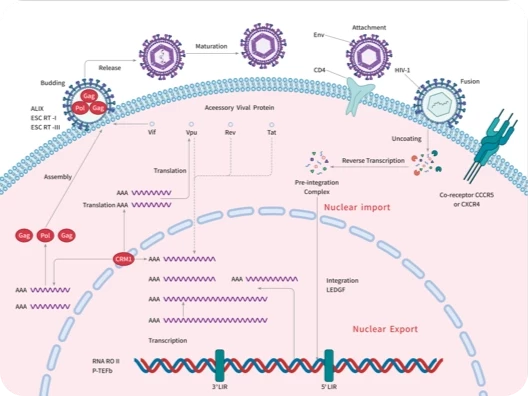

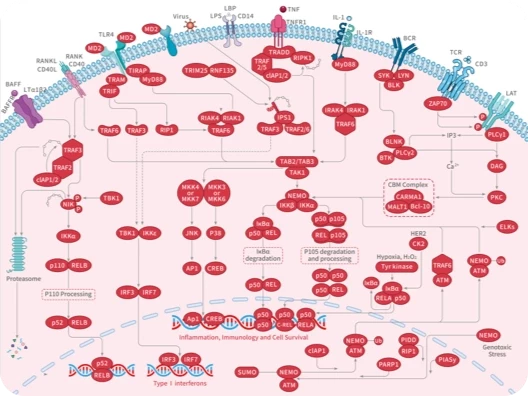
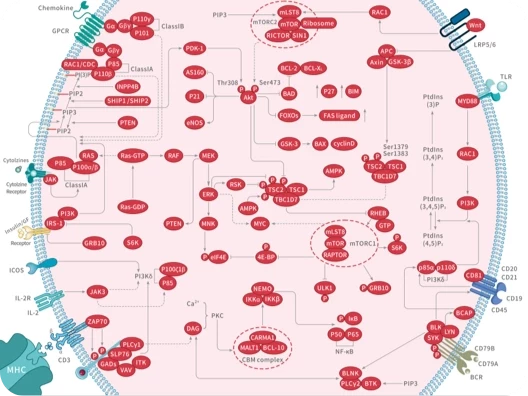
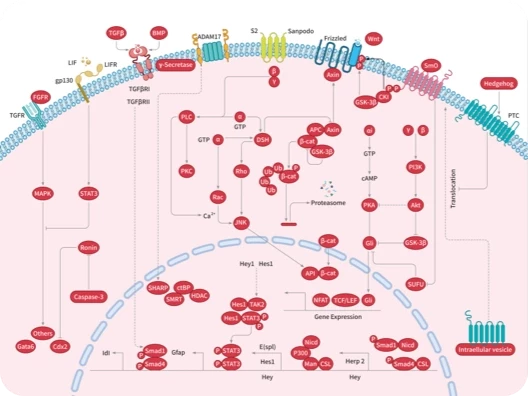

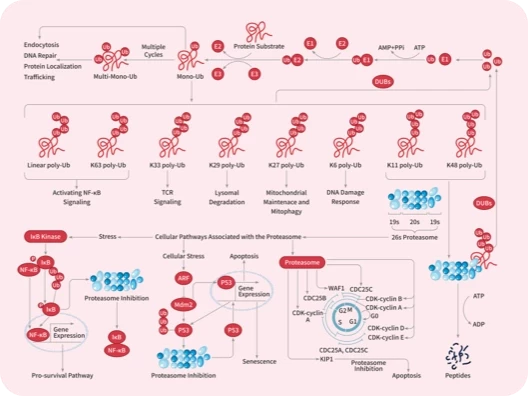


 |
|